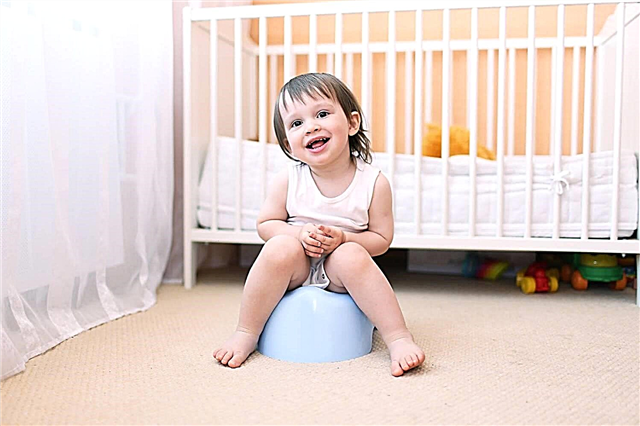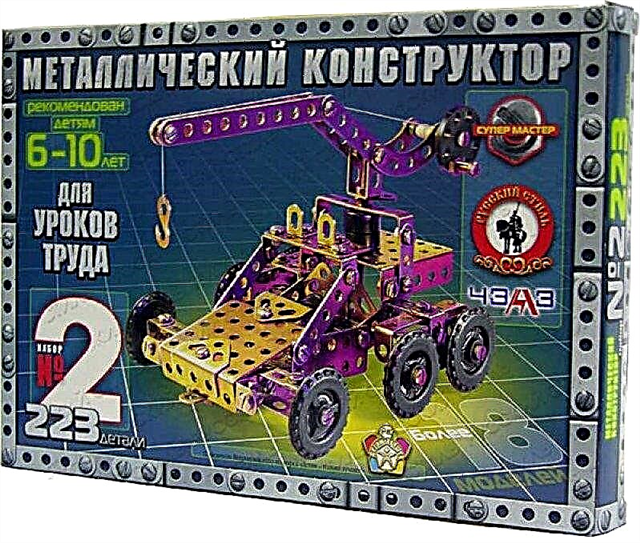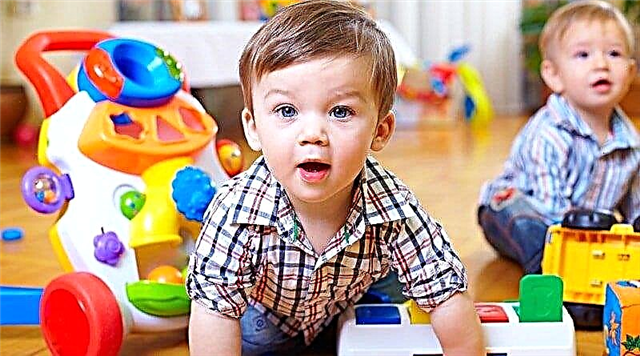
Falls for young children, alas, are not uncommon. Babies fall from changing tables, fall out of high chairs, strollers, cribs. When the time comes for the first steps, falls generally become regular. In this regard, parents should know what signs may indicate a concussion in a baby. In this article, we'll talk about this.


Features of trauma in infants
It should be noted that infants often fall, but the occurrence of a concussion after a fall occurs infrequently. Nature itself has created the safest conditions for the growth and development of babies. In a newborn baby, the bones of the skull are soft and pliable, four fontanelles provide their mobility. This is necessary in order for the head to pass through the birth canal at the time of birth.
During the entire first year of life, the fontanelles remain open. The amount of cerebral fluid, which contains the brain inside the cranium, is increased compared to the amount of cerebrospinal fluid in older children and adults. All this creates favorable conditions for possible shock absorption for a newborn, and for a child at 6 months, and for a little older baby.
Therefore, even after falling head downward, the infant does not always receive craniocerebral trauma, escaping with great fright and screaming, caused directly by fear, and not pain and trauma, as most parents think.

Much depends on the height from which the fall occurred. From a sofa or from a height of one's own growth, even falling with head blows extremely rarely entail a concussion. Falls from a changing table or highchair can be more traumatic and the consequences more severe. Therefore, the parents' task is to protect the baby as much as possible, but if it was not possible to prevent the fall, you need to know exactly what signs are accompanied by a concussion.
Concussion itself belongs to the category of traumatic brain injury, but it is the mildest of them. With a concussion, the brain hits the cranial bones. At the same time, the brain itself does not suffer, is not damaged, but a short-term disruption of its functions is possible, since at the moment of impact there is a violation of the message and the coordination of some of its departments with each other.

Symptoms
A vivid clinical picture, by which parents can guess about a possible concussion, should not be expected in the case of infants. Often, in toddlers under the age of 1 year, the symptoms of trauma, even if it is received, proceed smoothly and implicitly. Adults will need to closely monitor the baby during the first 24 hours after the fall - usually this time is quite enough for the concussion to manifest itself. If after a day or two there are no symptoms, you can not worry, the concussion, most likely, did not happen.
After being hit, the child usually cries and screams a lot. After he calms down, in the overwhelming majority of cases, the crumbs fall asleep. In infants, concussion is very rarely manifested by loss of consciousness, and therefore it is not worth focusing on this bright sign, which is important for diagnosis in adults and older children.

The first signs of a brain injury upon awakening may be:
- lethargy, apathy, lack of emotional reactions to your favorite toy, mom;
- lack of appetite;
- nausea and vomiting, profuse regurgitation;
- small nystagmus of the pupils and the difference in their size (the pupils easily tremble from side to side);
- the skin may become paler;
- moodiness, irritability, monotonous gratuitous crying;
- difficulty falling asleep;
- swelling and pulsation in the fontanel area;
- knocking out the back and tipping the head back for no apparent reason;
- convulsions.


It is not necessary to look for all of the listed symptoms in a baby to recognize a concussion. The appearance of any of them or a combination of several symptoms from the list upon waking up is a good reason to see a doctor.
If a child fell, cried, fell asleep, and therefore woke up and feels good, eats, plays, behaves normally, there is no need to go to the doctor. Remember that a concussion can only be determined during the first day, then the symptoms will begin to diminish and disappear. Concussion is characterized by a short-term disruption of the central nervous system.
If after the fall there are swelling, bruises, bumps, abrasions on the head after a fall, this is not a reason to suspect a concussion in the crumbs.
Often, a true concussion does not manifest itself by external signs; it can only be indicated by a gradually developing disruption of the nervous system.

Possible consequences
If the infant has a concussion, then there should be no great danger. With it, the bones of the skull are not injured, the brain does not suffer, and therefore all its functions will be restored by themselves within 3-7 weeks after the injury. Much more dangerous are other TBIs, which at the initial stage can take the form of a concussion according to the clinical picture (brain contusion, hematoma). That is why it is important to show the child to a neurologist and traumatologist if he has signs of a concussion.
If the doctor's recommendations are followed, the forecasts will be very favorable. Repeated head injuries are much more dangerous. So, with the second or third concussion, the risk of developing post-traumatic encephalopathy in a child significantly increases, which will remind of itself for many years with systematic headaches, increased intracranial pressure, impaired motility of the legs and arms, attacks of dizziness, sweating and occasional fainting.

What should parents do?
In the first stage, parents should closely observe the child. Any change in his behavior must be interpreted in favor of the presence of injury. In this matter, it is better to play it safe than to waste time. If symptoms appear, you should immediately call an ambulance. It is not worth taking the child to the emergency room on your own, since you have absolutely no way of diagnosing the exact type of injury at home without appropriate medical education and equipment.
You need to take the baby in your arms, turn your face to the right side and wear it until the doctor arrives. It is advisable that the legs and arms of the crumbs are bent at the joints, this can alleviate his condition if seizures suddenly begin. The lateral position on mom's arms will prevent the baby from choking on vomit if he starts to feel sick. Before the doctor arrives, it is better not to give the child food or drink, and also do not give any medication.
If the child wants to sleep, let him sleep, there is no need to wake him up, as is done with older children. Describe the symptoms to the doctor, show the place of impact, the height from which the child fell, indicate at what time it happened and how much has passed since the fall.

The child will be taken to the hospital, where he will undergo an ultrasound scan of the brain, if necessary - EEG, X-ray and MRI. You will be examined by a neurologist and an ophthalmologist will perform an ophthalmoscopy to examine the condition of the fundus.
It is recommended to stay in the hospital for several days. Doctors need this to make sure there are no injuries other than a concussion. Then you can continue recovery at home - the child is shown rest, bed rest, the absence of harsh light and sound stimuli. Games should be calm, daily massage should be temporarily canceled.
Mom should make sure that the doctor's recommendations regarding the intake of prescribed drugs are followed. Typically, infants are recommended sedatives to facilitate falling asleep, vitamins and nootropic drugs that improve cerebral circulation.
You will learn more about a concussion in an infant in the following video.



